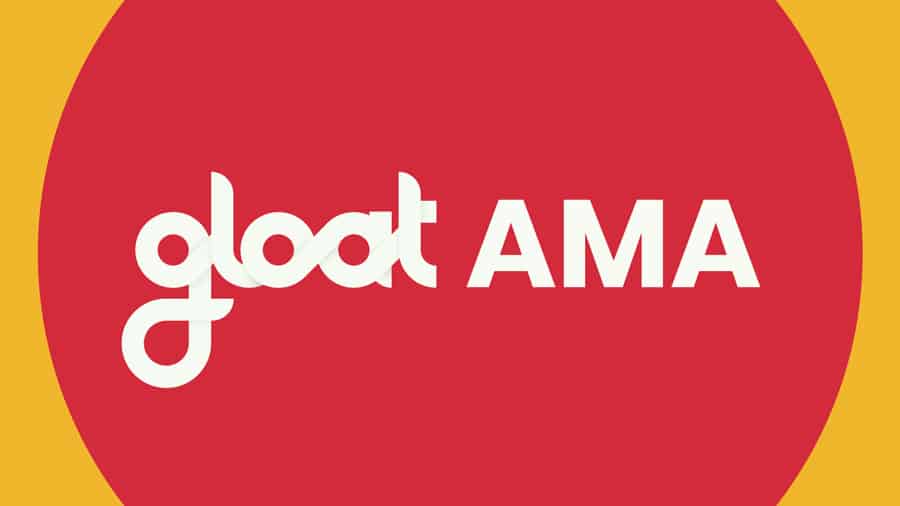5 strategy shifts Josh Bersin thinks HR should prioritize in 2024
From addressing ever-widening talent gaps to preparing for the shift in skills needs that AI innovations are setting into motion, the agenda for HR leaders in 2024 is jam-packed with high-priority initiatives. Rather than getting overwhelmed by the sheer number of challenges and to-dos, The Josh Bersin Company and Gloat teamed up to uncover the

From addressing ever-widening talent gaps to preparing for the shift in skills needs that AI innovations are setting into motion, the agenda for HR leaders in 2024 is jam-packed with high-priority initiatives. Rather than getting overwhelmed by the sheer number of challenges and to-dos, The Josh Bersin Company and Gloat teamed up to uncover the business and talent strategies that drive the greatest impact.
When we started our analysis of nearly 800 organizations, we expected to see a pronounced difference in the way top-performing companies are run. However, our findings revealed something even more significant: that elite organizations operate entirely differently from their competitors—and enjoy substantially better outcomes as a result. We dubbed these companies “Dynamic Organizations” to reflect their continuous approach to transformation.
Following the release of our Dynamic Organization research, we had the chance to catch up with Josh Bersin and his colleague, The Josh Bersin Company’s Senior Vice President of Research Kathi Enderes, to get their advice on which initiatives truly deserve a spot at the top of HR’s priority list. They shared five different strategy shifts that businesses must make if they’re looking to join the ranks of the top-performing organizations we studied in 2024.
What is a Dynamic Organization and why should businesses strive to become one?
Dynamic Organizations describe any company that embraces agile operating models, a culture of collaboration and change, and an ongoing commitment to transformation that’s rooted in market insights. These businesses not only execute HR practices like career management, internal mobility, and learning and development better—they also move faster, satisfy their customers more, and generally outpace the competition.
Following our analysis of 772 companies, we’ve found that only 7% have the strategies and infrastructure needed to be considered Dynamic Organizations. Our research reveals that this elite group of top performers is three times more likely to meet financial targets, 31 times more likely to engage and retain employees, and seven times more likely to innovate effectively than their peers operating with more traditional approaches.. As the pace of technological advancement accelerates and market instability continues, businesses that adopt dynamic ways of working will be in the best position to overcome the ongoing challenges of our Post-Industrial world.
5 priorities Josh Bersin recommends for HR leaders looking to thrive in 2024
If you’re looking to guide your organization toward success in the new year, Josh Bersin and Kathi Enderes suggest focusing on the following priorities:
#1. It’s time to take agile one step further
For years, leaders have looked to agility as the North Star that will guide their transformation efforts. While embracing a faster and more fluid approach to working is exceptionally valuable, Bersin encourages executives to think even bigger and look beyond agile team structures when creating a transformation strategy for the entire enterprise.
“The word agile has been thrown around for about ten years, and unfortunately, it’s taken on a life of its own,” Bersin remarks in reference to the buzzy business strategy phrase. “What our research shows is that it’s more than agile. Agile is a set of methodologies, usually for product design and solution design that can create a dynamic organization—but this is bigger than that. This is really an organizational-level strategy to allow the business to adapt without waiting for management to tell people what to do.”
#2. Create a skills meritocracy
The traditional, job-centric approach to structuring work is going out of style. To keep pace with shifting market demands and accelerating digital innovation, companies must break down work into projects and tasks and align employees to these opportunities based on their skills and capacities.
“You want to become a skills-based organization,” Enderes notes, describing this shift. “We call it a meritocracy because the best ideas win, regardless of where they come from. That means you have a psychologically safe culture because people can speak up, whether or not they’re at the top of the pyramid.”
Bersin believes this fluid, skills-based approach is critical to joining that elite 7 % of organizations that are operating most effectively. “In order to become dynamic, you have to be willing to move people around,” he says. “You’ve got to respect that they might have the skills but maybe they’re young or they haven’t worked in the domain before. If you don’t have a skills meritocracy, then you end up with these silos and that’s very traditional thinking that you’ll find in a lot of companies.”
#3. Use a talent marketplace to put employees and skills in motion
As AI innovations go mainstream, HR leaders should consider harnessing a new generation of AI-powered talent management tools like talent marketplaces. These platforms match employees to open projects, gigs, and full-time roles within their organization, enabling businesses to reallocate talent efficiently as priorities shift and new challenges emerge. Dynamic Organizations are 51 times more likely to use these platforms than their static competitors are.
In discussing why Dynamic Organizations gravitate towards this technology, Enderes notes, “The talent marketplace is actually a really powerful thing, not just as an employer and manager system where people can find career opportunities and jobs, but it also really gives you a lot of insights on the skills that you have as an organization and compares that to the skills you might need.” Adding on, Bersin explains, “The reason the talent marketplace is such an interesting way [to become more dynamic] is because it unlocks latent demand for skills and mobility that already exists within your organization.”
#4. Rethink productivity and resourcing strategy
Especially in times of rising inflation and growing talent shortages, many executives are eager to get the most out of their workforces. However, there’s a major disconnect when it comes to how effective employees think they are at their jobs versus how business leaders feel about their work. Microsoft research found that 87% of employees think they are productive, while only 12% of executives feel the same way.
While some leaders may view this disparity as a sign to put pressure on their workforce, Bersin cautions against this. “We can’t just keep pushing people harder. You can’t pour more into a full cup. We need to think about doing things differently.”
Dynamic Organizations take a unique approach to driving productivity that measures success not as outputs per employee but instead in terms of growth and innovation. These companies ensure their entire workforce understands what the organizational priorities are and then taps into tools like a talent marketplace to help employees identify work opportunities that align with both their personal aspirations and the needs of their organization. Dynamic Organizations also emphasize that participating in projects is not only beneficial to the enterprise but also to employees, as it enables them to broaden and deepen their expertise.
#5. Make sure your change initiatives have widespread support
While HR leaders may be at the helm of many of the talent management shifts that come with dynamic transformation, they’ll need cross-functional support from executives in every department to maximize their strategy’s impact.“Becoming more dynamic isn’t an HR project,” Enderes notes. “This isn’t just something that HR pushes. Every company that we’ve talked with says this is sponsored by the business and that it’s something the business wants. They need to solve a business problem or they need more skills and more transformation and that’s why it’s successful. If it’s just another HR thing it won’t be successful, but if leaders embrace it and say this is something we all have to do, then it will.”
To learn more about the changes that Josh Bersin believes companies must make to achieve success in 2024 and beyond, check out The Dynamic Organization executive summary.





